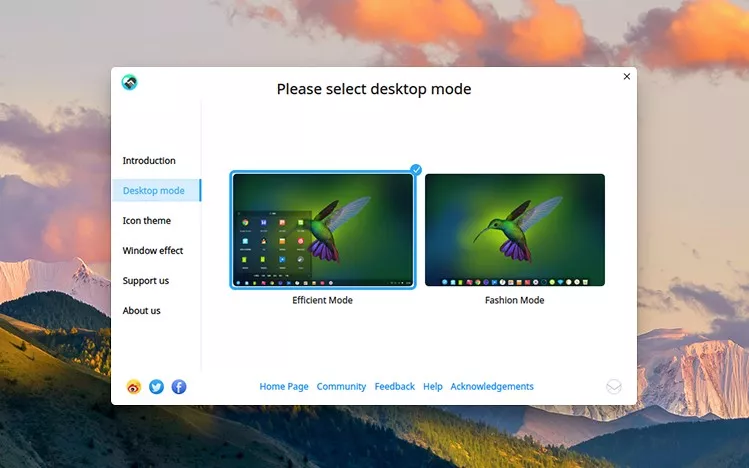Mount Everest-sized Comet Heading Towards Earth

Inflation, Pandemic, and oil crises are some of the world’s problems. However, recent reports reveal that a massive comet, twice the size of Mount Everest, is making its way to Earth. Comet C/2017 K2 (PanSTARRS) has already entered our inner solar system, which means it will soon be observable through a simple telescope.
You can get the best view during its closest approach to Earth on July 14, 2022. A super moon is expected on July 13, which might light up the sky, so you can spot it now when it’s all dark.
How big is this comet’s nucleus?
There is still a lot of uncertainty about the size of the comet’s nucleus. As per Kelly Kizer Whitt and Eddie Irizarry, the NASA solar system ambassadors, it is expected to fall between 18 and 161 kilometers (11 and 100 miles) wide.
It means that it will be one of the biggest comets discovered so far with the likes of Bernardinelli-Bernstein and Hale-Bopp. Unfortunately, it won’t be getting so close as to figure out such details; even at its nearest, the distance would be the average distance between Mars and Earth.
The trail of gases and dust behind C/2017 K2 is assessed to be between 130,000 and 800,000 kilometers (81,000 and 500,000 miles) across.
The name Comet PanSTARRS may seem familiar because there are plenty of them. Pan-STARRS is a sky survey that focuses on discovering new supernovae, asteroids, and comets with other celestial objects. The first discovery by Pan-STRRS was C/2017 K2 which was 2.4 billion km (1.49 billion miles)
Visible through a telescope
C/2017 K2 will pass through some 270 million km (168 million miles) from the Earth. It means it won’t be visible to the naked eye but should get in the range of a good telescope.
You can also opt for public online observatories such as the Virtual Telescope project to host some entertaining parties. After it has passed Earth in July, the C/2017 K2 will stay on its path towards the perihelion, the closest pass by the sun.
Although there is no real idea of how it will behave near the sun, it might become more active and bright, or it could completely fall apart and disappear with nothing left, but a dust trail.






